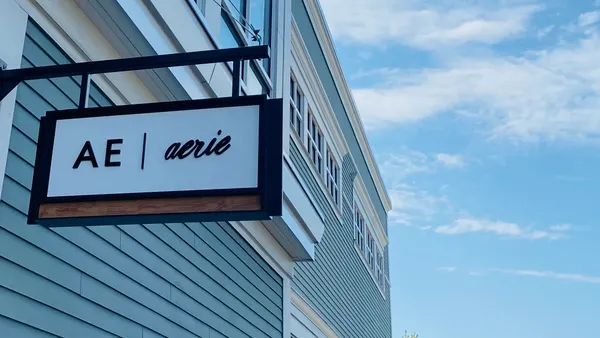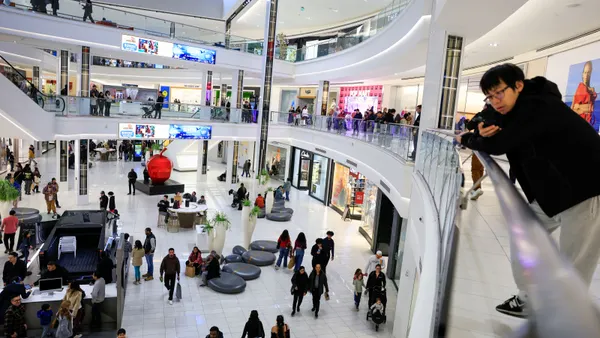Dive Brief:
-
Fast-fashion retailer H&M said Wednesday that profit fell 17% in the second quarter and 22% in the first six months of 2016, pressured by the strong dollar and cold spring weather that left warm-weather clothing on racks. A pretax profits decrease to 7 billion kronor ($846 million) missed the 7.23 billion-kronor estimate from analysts polled by Bloomberg.
-
While H&M reported second-quarter sales increases of 2%, its poorest sales growth in three years, sales improved in May with an increase of 9%, or 11% when adjusted for calendar effects, and a 7% increase (in local currencies) in the first three weeks of June. The June growth nevertheless missed consensus estimates, Sanford C. Bernstein analyst Jamie Merriman told Bloomberg.
-
Despite the tepid report, H&M said it will continue with its expansion plans worldwide, planning a net addition of approximately 425 stores, including locations in Puerto Rico, New Zealand, Cyprus and Colombia. The company is also adding 11 new e-commerce markets this year and will serve online shoppers in 34 markets worldwide by the end of 2016.
Dive Insight:
H&M CEO Karl-Johan Persson remained sanguine in his remarks about the retailer’s stumble, suggesting that was no reason to pull back on the company’s ambitious expansion plans.
“It has been a challenging half-year for fashion retail in many markets, but we have great confidence going forward and are continuing to develop our offering further within all our brands,” Persson said in a statement. “The combination of strong brands, a large body of retail stores in good locations and a successful e-commerce business puts us in a unique market position for future growth.”
In fact, though H&M has been pointedly expanding its e-commerce reach after letting it languish for years, Persson said that physical store expansion will also be key to sales growth and omnichannel capabilities.
“Although e-commerce is growing fast, there is still great potential for the H&M group to continue to expand through physical stores—so for us, our continued focus is to grow both through physical stores and online, as well as to integrate these two sales channels,” Persson said. “Our stores and online business complement each other well, and the key to the future is to continue to integrate these channels even further to make it as convenient and easy as possible for our customers.”
That’s a notable departure from the traditional retail playbook, which usually favors tempered expansion, especially in brick and mortar, in the face of falling sales. Apparel rival Gap, for example, has been closing stores globally at a rapid pace, including an announcement in May that it will shutter another overseas 75 Old Navy and Banana Republic stores.
The strong dollar hasn’t hit fast-fashion rival Zara to the extent it has H&M because Zara sources its merchandise in Europe and Europe-adjacent countries. Zara parent Inditex Group earlier this monthly handily beat expectations with reported a 6% increase in first quarter net profit and a 12% increase in Q1 net sales.
Plus, complaints about the weather’s role in slowing sales—common these days in many retail earnings reports—were notably absent from Inditex’s results. While a fast-fashion retailer like H&M should presumably also be able to handle unseasonable weather patterns through a more nimble supply chain that includes smaller merchandise batches, its ambitious expansion may be making that more difficult.
“There is little in today’s [H&M] results to suggest that earnings momentum will become more positive in the near term,” Sanford C. Bernstein's Merriman told Bloomberg.














